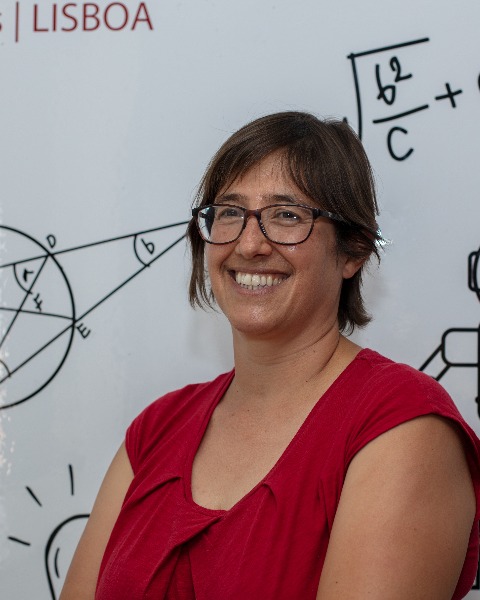CMR Innovations
OpenMOLLI: an open-source tool for cardiac T1 mapping
- AG
Andreia S. Gaspar, PhD
Postdoctoral Fellow
Institute for Systems and Robotics -Lisboa and Department of Bioengineering, Instituto Superior Técnico – Universidade de Lisboa, Portugal - NS
Nuno A. Silva, PhD
Researcher
Learning Health, Portugal - AF
António Ferreira
Hospital de Santa Cruz, Portugal

Rita G. Nunes, PhD
Assistant Professor
Instituto Superior Técnico, University of Lisbon
Universidade de Lisboa, Portugal
Primary Author(s)
Co-Author(s)
Presenting Author(s)
T1 mapping techniques can be useful for myocardial tissue characterization. MOLLI is the most commonly used technique as it provides very precise estimates [1]. Nevertheless, its use requires access to vendor-specific software packages and center-specific reference values are typically required to enable pathology detection. Vendor-neutral sequences can be an alternative to improve inter-vendor and multi-center reproducibility [2,3].
We introduce Open-MOLLI, providing an open-source sequence for increasing the accessibility to T1 mapping. The basic protocol acquires three short-axis slices, each performed in a different breath-hold. We have previously demonstrated the repeatability of Open-MOLLI measurements at 1.5 T in 21 volunteers by running the same sequences during the same exam and compared it with the vendor MOLLI implementation [4]. Open-MOLLI provided similar results to the MOLLI method with a mean difference in measured in vivo myocardial T1 of -6 ms (p >0.05). The in vivo repeatability coefficients (RC) were 3.0% for MOLLI and 4.4% for open MOLLI.
A pilot study on repeatability at 3.0T has also been conducted in 12 subjects [5]. Example T1-weighted images obtained with both sequences and the corresponding maps are shown in Figure 1. The mean myocardial T1 over all slices was T1MOLLI=1154±23 ms vs T1Open-MOLLI=1129±43 ms. Within session test-retest of MOLLI and Open-MOLLI was performed on 5 subjects. The RC within-subject was 0.37% for MOLLI and 0.54% for Open-MOLLI.
The baseline sequence can easily be modified to include different features. Examples include introducing simultaneous-multi-slice (SMS) capabilities to expand coverage or reduce the number of required breath-hold periods [6] or modifying the sampling strategy from Cartesian to radial trajectories [7].
Open-source software access instructions: The sequence can be generated using Matlab or Python code. Examples are provided in this repository (https://github.com/asgaspar/OpenMOLLI). It includes a tutorial notebook for pyOpen-MOLLI which is run on Google Colab.
A repository for Open-MOLLI-SMS is also publicly available (https://github.com/asgaspar/OpenMOLLI-SMS).
To run the generated sequences, the .seq files should be ported to the scanner as described by the developers of Pulseq [8] (https://pulseq.github.io/).

